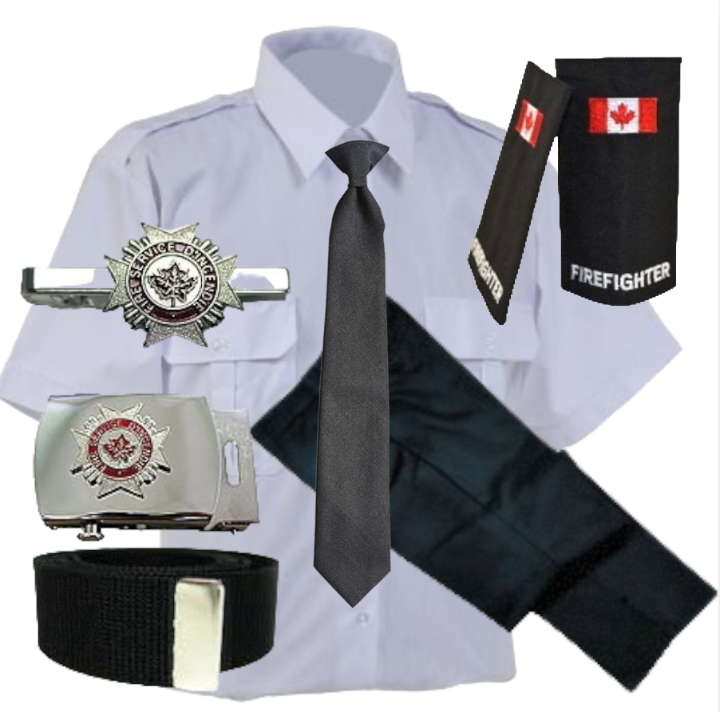How a Stokes Badge is Made
Just how are those badges made?
Many public service professionals simply have no idea how Stokes International crafts the symbol they wear. Most think they are cast, many are surprised we perform all of the work in our Stokes shop, and in an age of internet speed, nearly all don’t understand why it takes weeks rather than hours to get their order.
The Stokes International company employs methods that have been part of the jewelry and ornamentation trades for decades with origins from the European Middle Ages and ancient Far East. Even today, at the most basic level badges are comprised of three simple materials: a base metal like bronze or sterling silver, ground colored glass and manufactured nickel findings. Through skilled handwork they are fashioned to produce the finished product worn by Military, Law Enforcement, Firefighters and EMS personal in nearly every city.
The base metal arrives at Stokes International in sheet form, milled to our specifications in alloys that finish to the luster and color we demand. The basic badge shape is "blanked" out of the metal using an industrial strength cookie cutter called a punch press. Using a die (a hardened piece of tool steel with a reverse image cavity) the metal blank is forced into the die creating an image on its face.
This process is known as die stamping or coining. Casting, rather, employs pouring molten metal in a mold. Many jewelry items are cast, however all production badge makers employ a coining operation.
Many dies contain some of the lettering in the badge along with the other designs such as leaves, ribbons, scrolls, landscapes and other do-dads. Any custom lettering is marked on the badge using steel letter stamps. A "hand-stamper," using only a good eye and steady hand, drives the character or number stamps into the base metal with a hammer, creating a depression (or cavity).
Next the flat badge part is shaped (or "dapped") to the typical curvature used for uniform wear (or left flat for wallet use). Findings (attachments such as a joint and catch) are braze-welded at over 1500 degrees to the back of the badge using silver bearing solder and a torch.
Colored areas on the badge are the result of a cloisonné enameling process. Ground glass is carefully applied to the badge over the letter cavities and other colored area recesses then placed in a furnace at 1400 degree to melt. Once melted, fused to the base metal and cooled, it is ground off flush by hand using a wet stone.
Once enameling is finished the badge has a form most people are familiar with. Scratches from the grinding operation are removed by polishing. An abrasive compound is applied to a high-speed, rotating cotton wheel and the scratches are carefully buffed away.
Care and skill are required to polish only the areas that have been enameled as not to remove the detail and crispness from the die stamped background features. Once polished, the seal and pin stem are affixed, the badge is rouged finished and lastly, lacquered with a protective finish.
In the case of hand engraved badges, after polishing they are meticulously engraved one little cut at a time by our master engravers. Every scroll, leaf and bright cut is literally carved from the metal using tiny tipped, chisel like tools called gravers. After engraving they are rouged off and shipped to the customer.
The next time someone wonders how a badge is made, tell them "With a lot of skilled hard work, one badge at a time." In an age of mass production and instant gratification it is nice to know the badge you wear is a unique piece of history. It’s an enduring symbol of your authority and service, ordered for you with a unique number that identifies you for all time,... with the history of your department.




